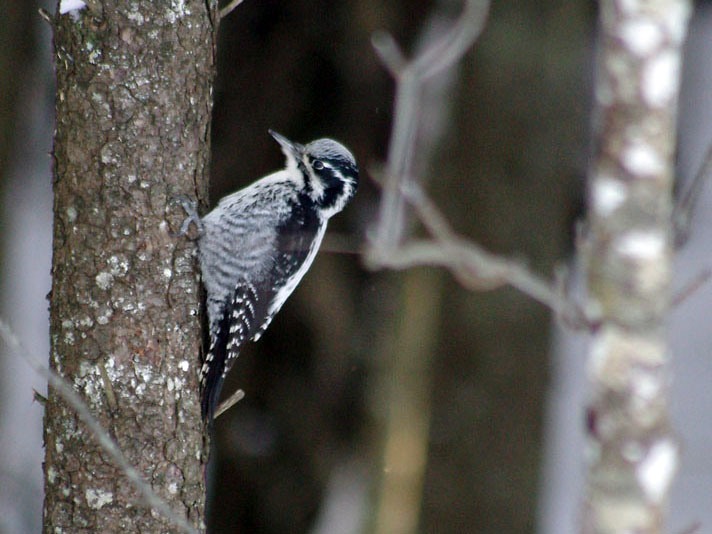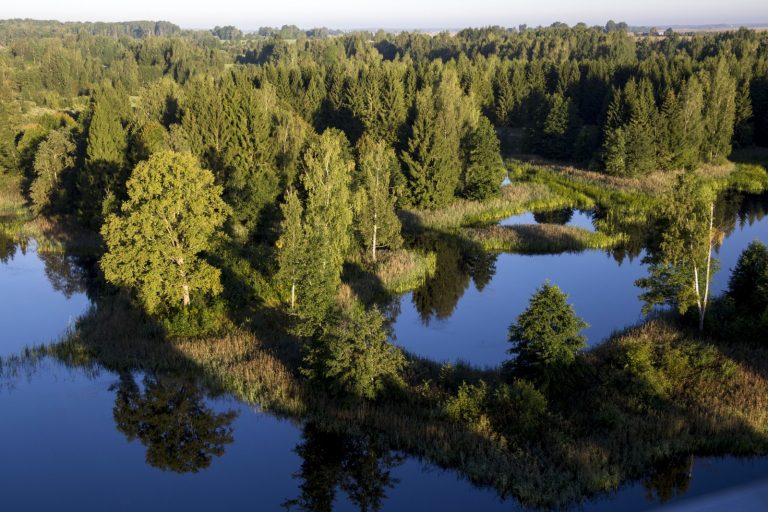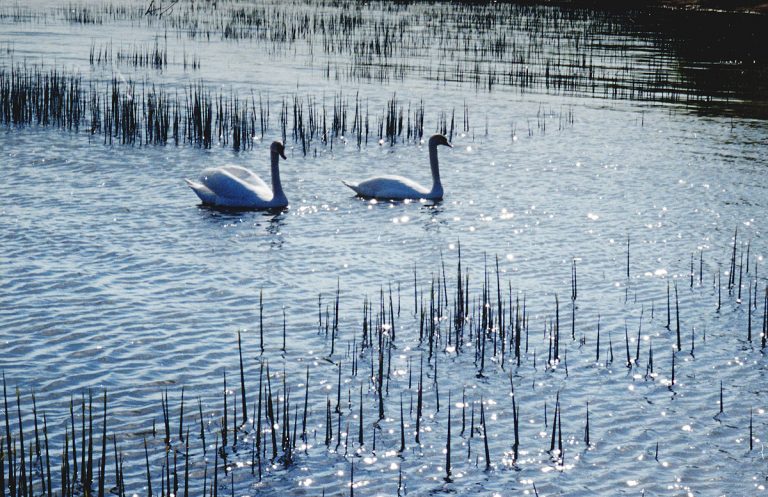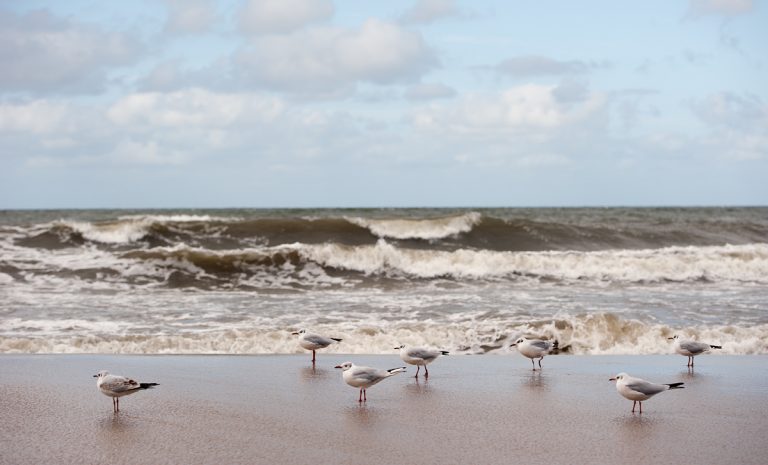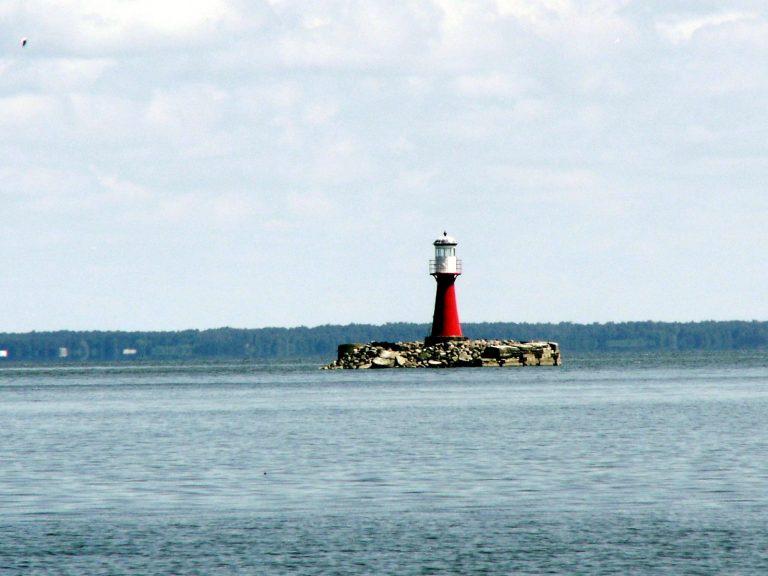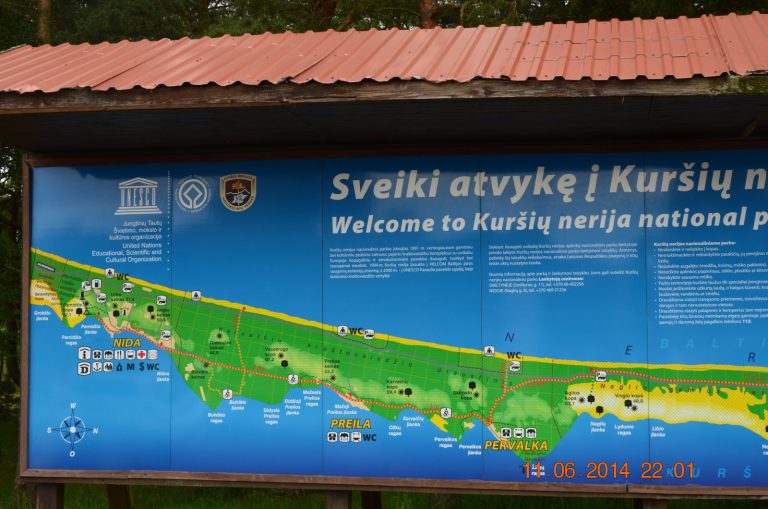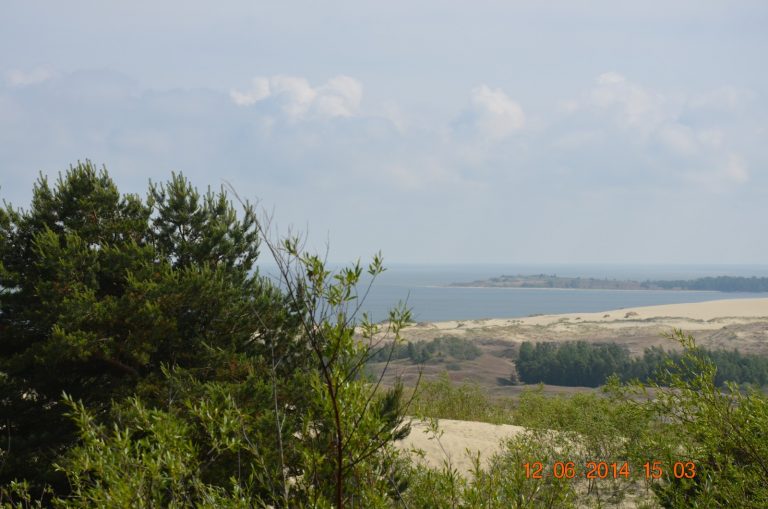LOCATION
Eastern and Northern Lithuania are highly attractive areas for many iconic birds of the boreal region. Labanoras National Park covers a vast area with a predomination of Western Taiga forests, numerous lakes, various types of bogs, and natural meadows.

SCENIC CHARACTER
A unique combination of wind, water and sand has been shaping this narrow strip of land since time immemorial. Today it is known as the Curonian Spit and is a UNESCO World Heritage Site. There is plenty to see here: the eternally shifting dunes, the wildlife, the old fishermen villages and, last but not least, the Pervalka Lighthouse. The combination of spectacular nature, cultural and historical heritage and a truly unforgettable cedar canoe paddling experience makes this tour one of a kind. This is an ideal environment for capercailie and other grouse, along with some woodpecker and owl species. The next destination is Birzai forest, also well-known among birders as a paradise of owls and woodpeckers. Both sites are rich with mammal fauna. Thus, early spring is one of the best seasons to visit Labanoras National Park, Birzai Forest and their surroundings to experience wild Lithuanian nature at its best.
Lithuania, situated in northeast Europe, is a compact low-lying country with extensive forests, lakes, fishponds and a relatively short coastline adjoining the Baltic Sea. Of particular interest to birdwatchers are the Baltic Sea and Kurshiu Lagoon with their large variety of wildfowl and large concentrations of Common Cranes.
ATTRACTIONS
Here, you can see up to 190 bird species including: black-throated diver, black stork, whooper swan, white-tailed eagle, osprey, lesser and greater-spotted eagles, Montagu’s harrier, honey buzzard, goshawk and many others. From early spring you can observe seabirds, owls, woodpeckers and grouse. Birding along the Baltic Sea, inland lakes, fishponds, marshes and forests in April will give you an opportunity to observe around 100 – 120 bird species including a regular flock of steller’s eiders.
The migration of wildfowl along the Baltic is impressive with huge flocks of migrant geese and swans. Inland, the extensive pine forests on the border with Belarus offer sightings of lekking black grouse and common capercaillie. In addition to this, you have an excellent chance of observing most of Europe’s woodpeckers and, hopefully, Eurasian pygmy and Tengmalm’s owls.



